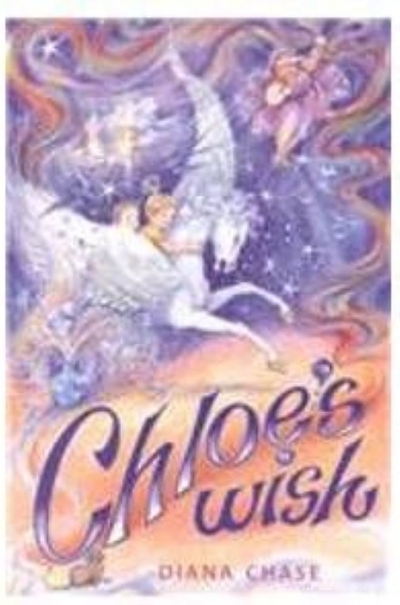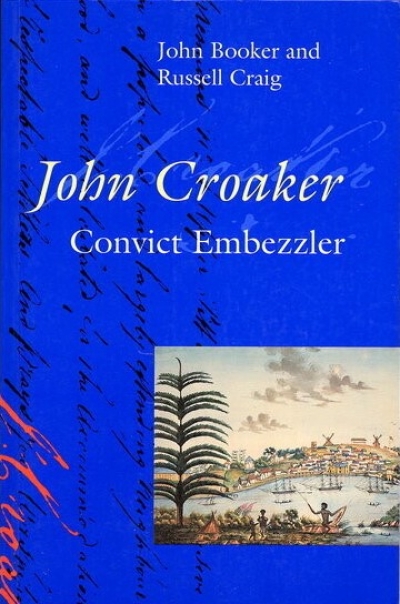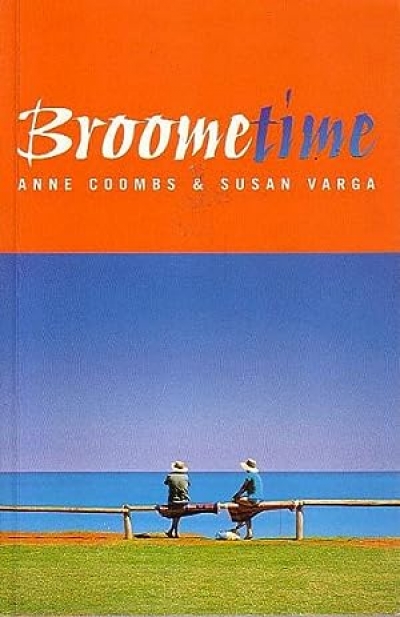Archive
The Front of the Family: A Tale of Two Sisters by Renata Singer
by Nicolette Stasko •
Street Seen: A History of Oxford Street by Clive Faro and Garry Wotherspoon
by Gary Simes •
Chloe's Wish by Diane Chase & Jaleesa the Emu by Noal Kerr and Susannah Brindle
by Pam Macintyre •
Broometime by Anne Coombs and Susan Varga & The White Divers of Broome by John Bailey
by Sasha Soldatow •










